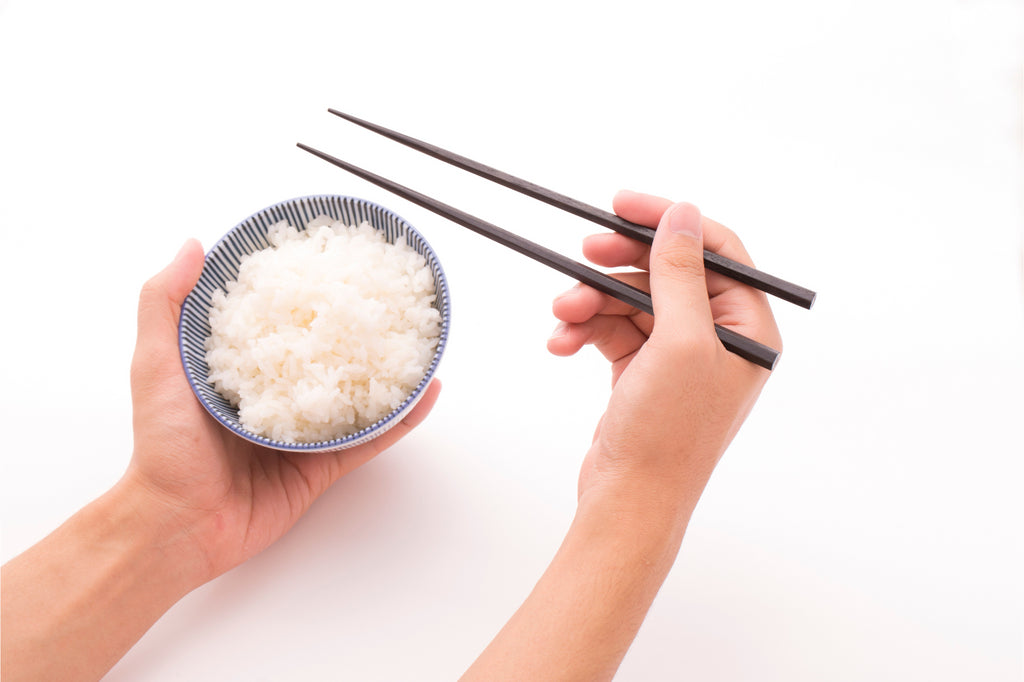The Fascinating Story of Rice
Posted by MARY C

How can such a small ting grain, like rice play a major role for so long at dinner tables around the world. The history of rice is intriguing and sometimes sticky, but you'll understand why it's a superstar and so delicious. We are going to explore the international popularity, origins, varieties and benefits of rice
The Discovery of Rice: A Grain with Ancient Roots
The origin of rice, or Oryza sativa, dates back to many thousand of years. Its's not known when rice was discovered, but it is believed to be around 5,00 BC China. The legend is that Emperor Shen Nong accidentally discovered rice when some grains blew into his mouth while out looking at plants. Sounds very mystical and it's more than likely that people found wild rice in the Asian areas of the world.
The Many Faces of Rice
Rice is not a one-size-fits-all grain. There's a colourful variety of rice types, each with its unique flavour, texture, and culinary uses. Some of the most well-known include:
- Jasmine Rice: Fragrant and delicate, this Thai rice is a staple in Southeast Asian cuisine.
- Basmati Rice: Famous for its aroma, Basmati is often associated with Indian dishes like biryani and pilaf.
- Arborio Rice: Known for its high starch content, it's the star of creamy risottos.
- Brown Rice: A whole-grain variety, it's more nutritious than white rice, with a nuttier flavour.
- Sushi Rice: The short-grain, sticky rice that's a sushi-making essential.
International Popularity
The international popularity of rice is astounding. It wasn't long before this humble grain expanded its horizons and travelled across continents. Rice reached Europe through trade routes and explorations. It soon became a staple in many countries, including Spain, where paella was born, and Italy, where it played a central role in creating creamy risottos.
In the UK, Europe, and Australia, Basmati rice is a common choice, particularly for dishes like curries and pilafs. In Asia, the options are vast, with jasmine rice, long-grain Indica rice, and more filling local preferences. In the United States, long-grain white rice dominates the market, but with an increasingly diverse culinary landscape, other varieties are also making their way into American kitchens.
Versatility and Benefits
Rice is not just a delicious addition to your meal; it's a versatile ingredient with numerous culinary applications. Beyond its delightful taste and texture, rice provides essential nutrients and energy. Here are some of its many uses and benefits:
-
Rice as a Staple Food: It forms the base of countless dishes worldwide, from sushi in Japan to jambalaya in the American South.
-
Desserts: Rice can also be used to create delightful sweets, like rice pudding, a favourite comfort food in many cultures.
-
Gluten-Free Alternative: Rice is naturally gluten-free, making it a safe and satisfying option for those with celiac disease or gluten intolerance.
-
Digestible Carbohydrates: Rice is an excellent source of carbohydrates, providing quick energy and fuel for the body.
-
Nutrient-Rich: Brown rice, in particular, is packed with fibre, vitamins, and minerals, promoting digestive health and overall well-being.
-
Culinary Canvas: Its neutral taste makes it a perfect canvas for a wide array of flavours, making it incredibly adaptable to various cuisines.

The history of rice is a testament to its enduring appeal, from its mysterious beginnings to its role as a global culinary cornerstone. Whether you're savouring a bowl of aromatic Basmati in the UK, a spicy curry in India, or a simple yet satisfying bowl of rice and beans in the Americas, it's clear that rice is much more than a grain – it's a symbol of unity in diversity and a tasty connection between cultures and traditions. So next time you enjoy your favourite rice dish, remember the incredible journey this humble grain has undertaken to grace your plate.

